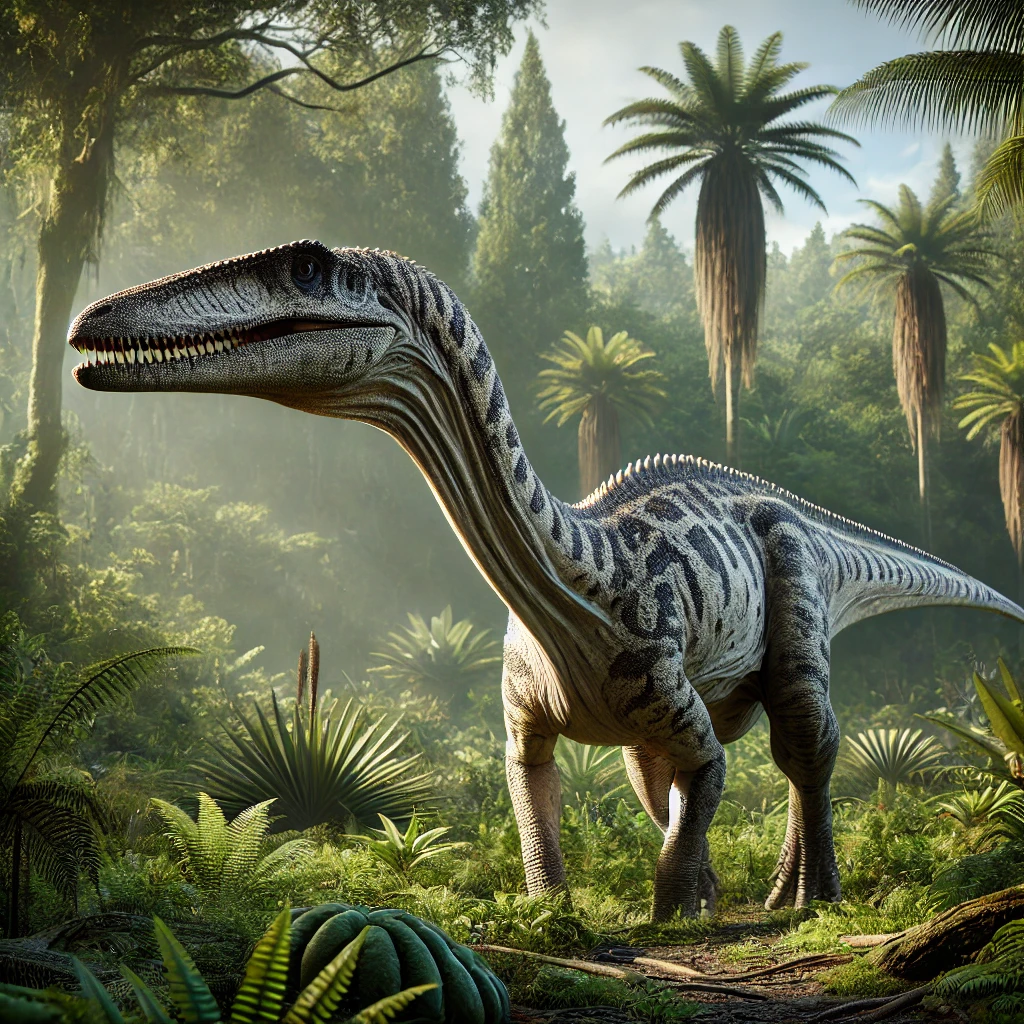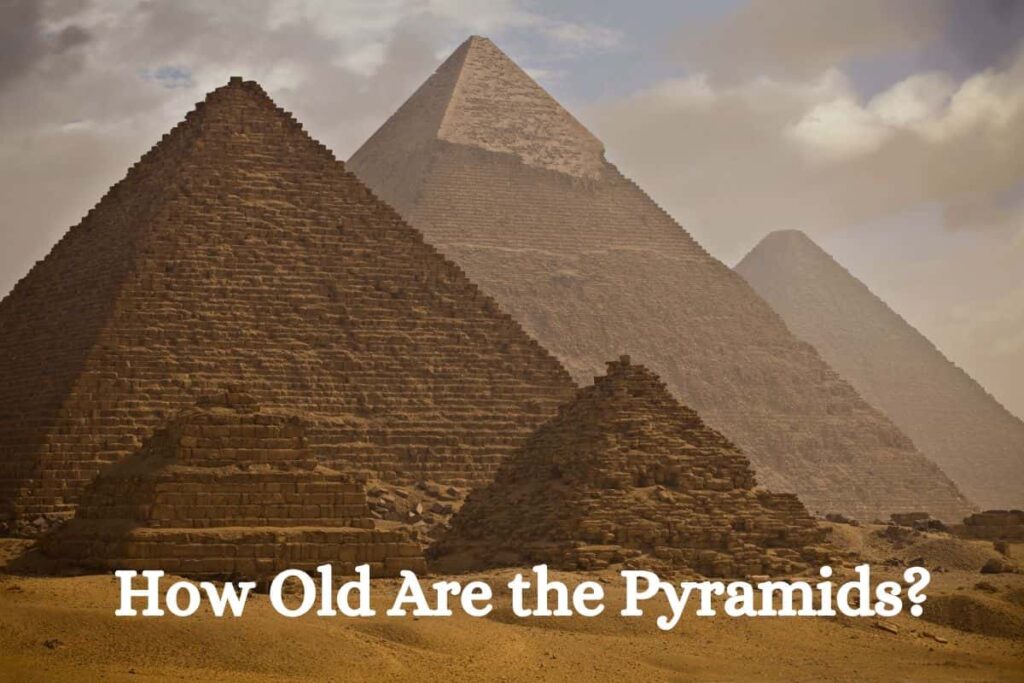Dinosaurs have always sparked curiosity with their astonishing diversity and unique adaptations. Of all the prehistoric giants, one mystery often sparks the curiosity of dinosaur fans: ‘what dinosaur had 500 teeth?‘ The answer lies in the intriguing and unique Nigersaurus. Known for its distinctive jaw and plant-eating lifestyle, this dinosaur stands out as one of the most remarkable discoveries in paleontology.

Introduction to Nigersaurus
Dinosaurs come in all shapes and sizes, but few have captured attention quite like Nigersaurus. This long-necked herbivore roamed the Earth approximately 110 million years ago, during the mid-Cretaceous period. Belonging to the sauropod family, it shares lineage with well-known dinosaurs like Brachiosaurus and Diplodocus, but it was significantly smaller and had a much more specialized feeding mechanism.
The name Nigersaurus translates to “Niger Lizard,” honoring its discovery in the country of Niger, Africa. Its fossils, found in the expansive Sahara Desert, reveal a creature uniquely adapted to its environment. From its lightweight skeleton to its astonishing 500 teeth, the Nigersaurus was a marvel of evolutionary ingenuity.
What Made Nigersaurus Unique?

Nigersaurus wasn’t your average sauropod. While most sauropods were known for their towering heights and massive sizes, Nigersaurus brought something entirely different to the table—its teeth. The dinosaur had a skull that was highly specialized for grazing, and its broad, flat snout was perfectly designed for a plant-based diet.
Here are some features that set Nigersaurus apart:
A lightweight build: Nigersaurus had a relatively small frame compared to its sauropod cousins. It measured about 9 meters (30 feet) in length and weighed approximately 4 tons, making it similar in size to an African elephant.
Broad muzzle: Its wide, flat mouth allowed it to efficiently graze on low-lying vegetation. Unlike other sauropods that reached high into trees, Nigersaurus stayed closer to the ground.
Delicate skull: Despite its robust teeth, the dinosaur’s skull was lightweight, with large fenestrae (openings) that reduced its overall weight. This design was crucial for supporting its grazing lifestyle.
Nigersaurus’s dental structure and specialized feeding habits were its most striking features, earning it nicknames like the “vacuum cleaner dinosaur.”
Where Was Nigersaurus Found?
The story of the Nigersaurus begins in the Sahara Desert, specifically in the Elrhaz Formation in Niger. This region, once lush and filled with rivers, provided a fertile environment for dinosaurs during the Cretaceous period. Fossils of Nigersaurus were first discovered in the 1970s by French paleontologist Philippe Taquet, but it wasn’t until the 1990s that its significance was fully recognized.
American paleontologist Paul Sereno and his team conducted detailed studies, revealing the unique anatomy and behavior of this dinosaur. Their findings shed light on the diverse ecosystems of the mid-Cretaceous and highlighted Nigersaurus as a key species in understanding herbivorous dinosaurs.
Understanding Its 500 Teeth

When we talk about Nigersaurus, the most captivating detail is undoubtedly ‘What Dinosaur Has 500 Teeth’. But why did it have so many teeth, and how were they arranged?
Nigersaurus’s teeth were:
Organized in dental batteries: This term refers to rows of teeth that work together to maximize efficiency. Each row had about 68 columns of teeth in the upper jaw and 60 columns in the lower jaw, making up a total of nearly 500 teeth.
Constantly replaced: The teeth wore down quickly due to constant grazing, but Nigersaurus had a built-in solution. Its teeth were replaced roughly every 14 days, ensuring it always had sharp tools for feeding.
Symmetrical design: The arrangement of its teeth was almost perfectly symmetrical, allowing for efficient shearing of plants.
These adaptations made Nigersaurus a highly effective grazer, capable of consuming large amounts of vegetation in a short time.
How Did Nigersaurus Use Its Teeth?
The question often arises: What kind of diet requires 500 teeth? As a herbivore, Nigersaurus relied on its teeth to process soft, low-lying vegetation. Its feeding strategy involved:
Ground-level grazing: Unlike other sauropods that browsed from trees, Nigersaurus kept its head close to the ground, using its wide snout to sweep through plants.
Selective feeding: Its broad mouth allowed it to cover a large area while grazing, making it an efficient eater in its ecosystem.
Rapid tooth replacement: The constant cycle of tooth replacement ensured that Nigersaurus could graze without interruption, even as its teeth were worn down from use.
Its diet likely consisted of ferns, cycads, and other soft plants, which were abundant in its environment. This grazing strategy distinguished it from other sauropods, whose diets focused more on high foliage.
Interesting Facts About Nigersaurus

Beyond its teeth, Nigersaurus has plenty of interesting traits that make it a standout dinosaur. Here are some fun facts:
It was built for grazing: Its skull structure, lightweight body, and dental batteries were all optimized for efficient grazing on low vegetation.
It had a short lifespan for teeth: With teeth being replaced every 14 days, Nigersaurus’s dental system was one of the fastest among dinosaurs.
It lived in a lush environment: Despite its current desert location, the Sahara during Nigersaurus’s time was a fertile landscape filled with rivers, making it an ideal habitat for herbivores.
A “vacuum cleaner” nickname: Paleontologists have compared its grazing style to a vacuum cleaner, sweeping the ground for food.
FAQs About Nigersaurus
Q1: Why does the Nigersaurus have 500 teeth?
Nigersaurus developed its 500 teeth as a specialized tool to support its grazing habits effectively. The arrangement and constant replacement of its teeth ensured it could efficiently shear through large amounts of soft vegetation.
Q2: Was the Nigersaurus a predator?
No, Nigersaurus was strictly a herbivore. Its teeth were designed for grazing on plants, not for tearing flesh or hunting prey.
Q3: How long was Nigersaurus?
Nigersaurus measured about 9 meters (30 feet) long, making it smaller than many of its sauropod relatives.
Q4: Where can I see Nigersaurus fossils?
Fossils of Nigersaurus are displayed in museums, with notable studies conducted in Niger. Its unique anatomy has made it a popular exhibit in paleontology collections.
Q5: What makes Nigersaurus special among dinosaurs?
Nigersaurus is unique for its dental batteries, wide muzzle, and specialized grazing habits. Its lightweight skeleton and rapid tooth replacement highlight the incredible diversity of dinosaur evolution.
Conclusion
When people wonder, ‘What dinosaur had 500 teeth?’ the spotlight turns to the remarkable Nigersaurus—a fascinating creature that captivates both researchers and dinosaur enthusiasts to this day.
Whether you’re a dinosaur enthusiast or just curious about prehistoric creatures, Nigersaurus offers a glimpse into the wonders of evolution. Its story reminds us that even in the ancient past, nature found extraordinary ways to adapt and thrive.
So, the next time someone asks you about the dinosaur with 500 teeth, you can confidently share the incredible tale of Nigersaurus—a true marvel of the Cretaceous world.
If You want To Explore More History Topics Visit – Historicways.com



